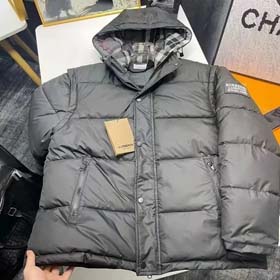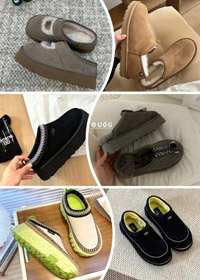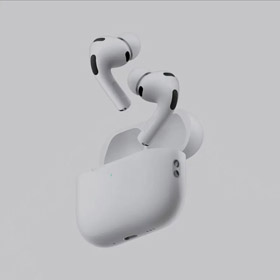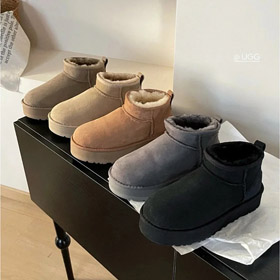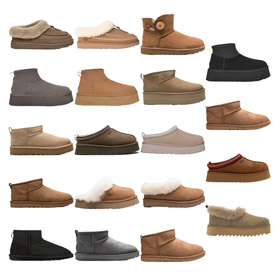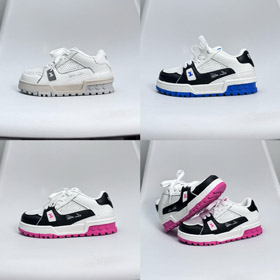Supreme, the iconic streetwear brand, has become synonymous with urban fashion and youth culture. Founded in 1994 by James Jebbia in New York City, Supreme started as a small skate shop on Lafayette Street. Over the years, it has grown into a global phenomenon, influencing fashion, art, and music. This article delves into the history of Supreme, its rise to fame, and its enduring appeal.
Origins and Early Days
When Supreme first opened its doors in 1994, it was a haven for skaters and streetwear enthusiasts. The brand's initial focus was on providing high-quality skateboards and apparel that catered to the needs of the skateboarding community. James Jebbia, an English entrepreneur, envisioned Supreme as more than just a store—it was a cultural hub. Early collaborations with artists and designers helped establish the brand's unique identity, blending functionality with bold, minimalist designs.
Global Expansion and Cultural Impact
Supreme's rise from a niche skate shop to a global fashion powerhouse is a testament to its ability to stay relevant in an ever-changing industry. The brand's distinctive red and white logo, inspired by Barbara Kruger's art, became an instantly recognizable symbol of streetwear. Limited-edition drops and exclusive collaborations with brands like Nike, Louis Vuitton, and The North Face have kept Supreme at the forefront of fashion. Its products often sell out within minutes of release, creating a sense of exclusivity that fuels demand.
Beyond fashion, Supreme has influenced music, art, and even politics. Celebrities like Kanye West, Travis Scott, and Rihanna have been spotted wearing Supreme, further cementing its status as a cultural icon. The brand's ability to seamlessly blend subcultures with mainstream appeal has made it a favorite among diverse audiences.
The Supreme Community and Resale Market
One of the most fascinating aspects of Supreme is its dedicated fanbase. The brand has cultivated a loyal community of followers who eagerly anticipate each new release. This has led to the rise of a thriving resale market, where items often sell for several times their original retail price. Websites like Kakobuy
In 2017, Supreme made headlines when private equity firm Carlyle Group acquired a 50% stake in the company, valuing it at over $1 billion. Despite concerns about the brand losing its edge, Supreme has managed to maintain its authenticity and continue pushing boundaries. With new store openings worldwide and ongoing collaborations with high-profile partners, the future of Supreme looks as bright as ever. In conclusion, Supreme's journey from a small skate shop to a global fashion powerhouse is a story of creativity, innovation, and cultural relevance. Its ability to stay true to its roots while continuously evolving has made it a timeless brand in the world of streetwear. Whether you're a long-time fan or new to the hype, exploring Supreme's products and history is an experience in itself. For a closer look at some of its most sought-after items, check out this exclusive product spreadsheet.Supreme's Future













